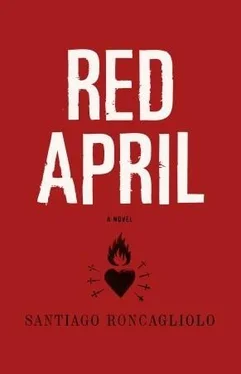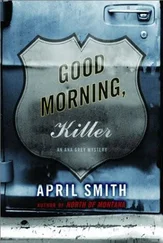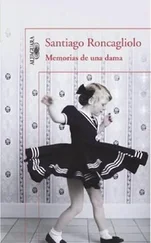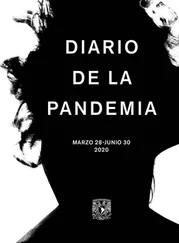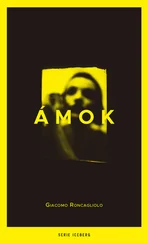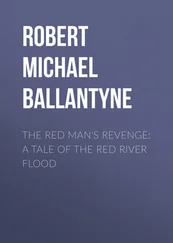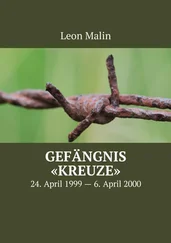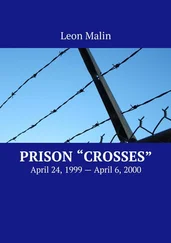The police garrison at the prison, which affirms that the escape lacked viability and that it has not discovered tunnels or other practical means of escape for the inmate, immediately proceeded to comb the area surrounding the prison to discover some clue regarding the unknown whereabouts of the above-cited inmate, with almost no results during the first hours of the search.
In the early-morning hours of Thursday, the twentieth day of April, as a police patrol was returning to the maximum security prison following a search operation in which the fugitive had not been captured, the duly constituted authorities in this regard declare having seen a bonfire on one of the hills adjacent to the perimeter of the prison, on the slope that faces away from the penal institution, so that in practical terms the fire was not visible from the prison. Considering that the presence of fire was unusual in proximity to the aforesaid penal institution, the patrol resolved to approach for purposes of investigation as well as prevention of sinister possibilities pertaining to the forest.
Having reached the slopes of the aforementioned hill, the police officers state that they were surprised by what appeared to be a human figure of considerable proportions at the foot of the bonfire. However, despite reiterated calls by the patrol, the supposed person did not turn around or give any sign of responding to their calls, appearing instead to have lingered there in thought. Because the darkness did not permit them to distinguish the features or political or criminal affiliation of the abovementioned person, the members of the National Police affirm that they drew their respective weapons in order to proceed to make an approach to the person, who displayed no sign of attempting to flee or of being surprised at their appearance.
Having reached the foot of the bonfire, in the act of requesting the person to stand on his feet with his hands behind his head, which corresponds to procedures employed for reasons of security in searching suspects, the officers declare that they discovered that the object in question, which they had taken for a person, lacked all signs of life and was identified instead as a corpse, whose considerable proportions seem to have been due to the fact that it was resting in a cruciform arrangement on a tree two and a half meters high, to whose branches the upper extremities had been nailed at the wrists.
Similarly, one of the lower extremities had been attached to the lower portion of the trunk by the same method, it having been verified that the other extremity was not found in the same circumstances due to the fact that it was totally missing from the body, from which it had in fact been torn off. The cadaver, by all accounts, displayed a crown tightly encircling its forehead, consisting of approximately a meter and a half of barbed wire, rolled around the head and tightened on it under conditions in which it pierced the skin of the entire cranial perimeter. A cut on the left side, at the height of the heart, was still bleeding.
The officers who effected the discovery have required psychological treatment subsequent to this action. Nevertheless, early the next morning, other police officers, such as Wilder Orozco Pariona and Colonel Olazábal himself, identified the deceased as the fugitive Hernán Durango González, alias Comrade Alonso, and lamented the outcome of his unfortunate escape.
The prosecutor raised his head from the typewriter. This time, he did not even check the syntax of his report. It seemed to him that it was simply a useless piece of paper. The data were not enough. The narrated facts had nothing to do with the murder but with its discovery. It was as if in order to describe a fishing run, one learned how the fish is served at the lunch table. It had nothing to do with what was really important. In reality, none of his reports had anything to do with what was important. He thought the relevant information was precisely what the report did not contain: who did it, why, what was going through his head. A truly useful report ought to be written knowing each detail in the lives of those involved: their pasts, their memories, their habits, even their most irrelevant conversations, the perversions that crossed their minds at the moment of execution, everything that no one could know. A real report, he concluded, could be written only by God, at least by someone with a thousand eyes and a thousand ears who could know everything. But if there were people like that, he thought, reports would not be necessary.
That morning, for the first time, he had been present at the place where the crucified corpse was located. At the top of the tree, like a placard saying INRI, was a note written in the corpse's blood:
KILLED FOR BEING A RAT
Sendero Luminoso
Impossible to know if it was the same writing as on the earlier note. One does not write the same with a pencil as with the tip of a knife. In fact, although being present at the place where the body was discovered had seemed more professional, he did not know more about this body than he had about the previous ones. Nearby were the tracks of a truck, but this was the road to the prison. Almost all the vehicles that drove there were trucks carrying food, inmates, or relief guards.
He returned to the city at six in the morning, when the Masses were over and workers were beginning to decorate the churches with loaves of bread, grapes, and lambs. Ayacucho smelled of the aromatic herbs that the faithful were boiling on braziers.
After writing his report, he went to see the pathologist.
“I can't tell you it's a pleasure to see you more and more frequently,” was Dr. Posadas's greeting as he handed him a mask. The prosecutor was going to tell him that the smell of death filled the obstetrics ward, but he decided to say nothing. It was not his problem. He already had enough problems.
The body, which had been taken down from his cross, lay on the usual table, uncovered. The holes in his forearms and only leg permitted a view of the surface of the table underneath. The crown had been fitted tightly to his forehead.
“Spare me the sordid details, Doctor. What's new?”
“More sordid details, Señor Prosecutor. That's the only thing that's ever new here.”
The doctor said this with a half smile as he lit a cigarette. He never seemed overwhelmed; on the contrary, he looked almost happy. The prosecutor wondered if the doctor liked his work, if he scrutinized the bodies with real pleasure in what he did.
“Again it looks like the action of a cell. One man on his own couldn't have staged that whole show in so short a time.”
“Of course. Then we are talking about a few men.”
“It could have been only two. And a woman, usually.”
“A woman?”
“A strange thing about the terrorists. They organized into groups of men led by women. I don't know if they're still doing it, one never knows with them. But apparently the women were always the strongest ideologically. And the most bloodthirsty. The men were errand boys, so to speak. They were good for confrontations and technical jobs. But if you had to give a coup de grâce, the woman in charge took care of that.”
“A woman couldn't do this.”
“No. But she could order it.”
The prosecutor collapsed into a chair. He looked exhausted. He said:
“I don't even know if it makes sense to look very hard at the body. Now there are other incomprehensible details. The escape, for example. How did Durango disappear from a maximum security prison without anyone seeing him?”
The doctor took out a chocolate and began eating it. Now he held the chocolate in one hand and the cigarette in the other.
“Is that what's bothering you? If you guarantee your discretion, I'll give you an answer: Colonel Olazábal is a cretin who thinks of nothing but a promotion. They must have bribed him. For a long time he hasn't cared who he works for.”
Читать дальше
